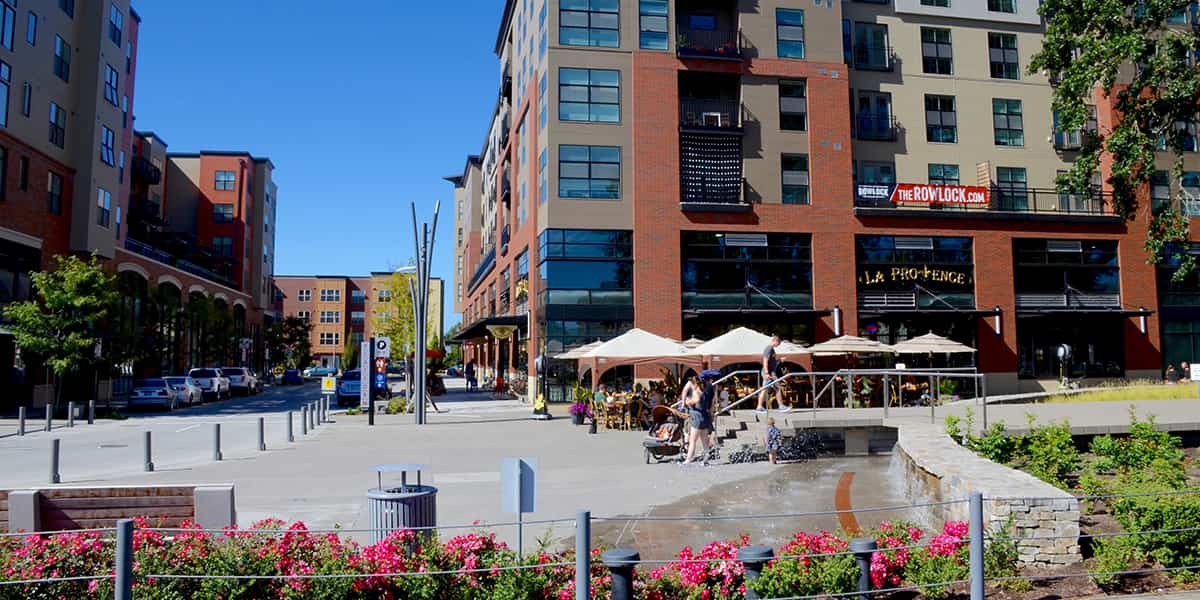Recently, the Urban Land Institute hosted a great webinar regarding national forecasts for the economy and real estate.
During the Q&A session, three leading real estate investment researchers, Jim Clayton, head of investment strategy and analytics for Barings Real Estate Advisers, Eileen Marrinan, America’s director of research with Grosvenor, and Josh Scoville, senior managing director with Hines, were asked where they are currently investing in real estate.
All of them indicated they are focused on long-term investments in areas with strong walk scores.
I was surprised. As a practitioner of urban planning and economic development, I am consistently working with communities to foster an environment of places that are walkable to nearby amenities (coffee shops, small restaurants, brew pubs), but at times I meet resistance in convincing cities that such places are vital for economic development. Communities that want to prosper need to understand that walkability is no longer just a nice urban planning concept. Walkability is genuinely demanded by citizens and employers, and the real estate community’s solid investment in these types of areas affirms it.
Some of the researchers indicated that they prefer urban core locations that already have an established pedestrian environment.
However, I agree with Clayton’s assessment that there is significant opportunity to focus on inner-ring suburbs that are ripe for redevelopment. As he said it, he is “looking for a current walk score of 50 that can go to 80.” The city of Beaverton is a prime example of a suburb poised for this opportunity, especially within the central old town area.
Another unique message expressed by some of the researchers was that a community needs to have a “story.” Essentially, they want to know where the community is going. To answer that, a community must understand its inherent strengths and weaknesses and be true to its distinct qualities. With that understanding, the community must determine what it genuinely can become while benefiting the existing citizens.
Finally, the community must decide what investments can be made to improve the area and realize the vision. When a community can define what it is, where it wants to go and how it will get there, a story emerges.
And for the real estate world, this story is important if you want to attract investments.
One of the best stories I have seen lately is by the city of Gresham. They are very focused on enhancing a challenging area: the Rockwood community, a diverse neighborhood within the city. After numerous plans and development concepts over the years, they have honed in on a compelling project by meeting the needs of the community through access to food and entrepreneurship ( Rockwood Rising ). In addition, their public investments appropriately focus on creating a walkable area that connects to the surrounding areas.
Fortunately, there are numerous other examples of this type of investment occurring in suburbs across the country. With continued commitment from elected leadership to build walkable communities and dedication to developing a clear story, redevelopment of the suburbs can meet the current and future demands of citizens, employers and real estate investors.


